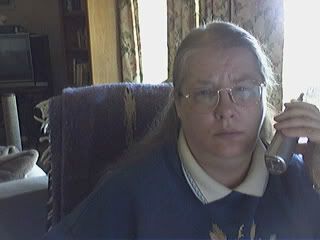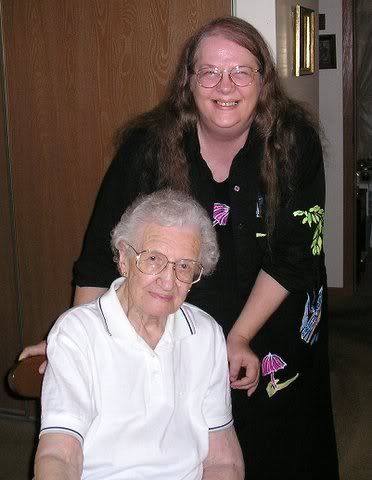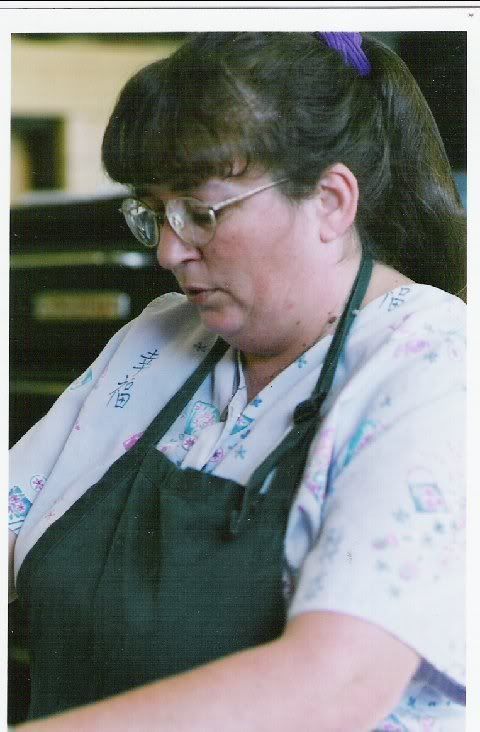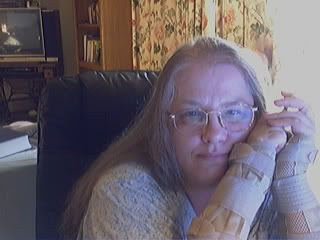This is Us Working on the Paper for Self-Regulation
Together up to this point July 5 at 3:30 am, we have six videos of various lengths. You would probably to bonkers if you watched them all, but we are experimenting with our mediums. Please bare with us ... this is new to all of us. The breaks were periods we took a few minutes to reorient ourselves.Yeeks ... the first one is pretty conscientiously nervous about the taping and about the starting the writing. We didn't know what we were going to do first. We only knew we were done gathering and ordering our resources. Yes, V. This took a very long time! *Sigh* First tape is 5 minutes and 35 seconds.
ummm, is this the video we flip out on because we're worried about V catching us not nearly far enough along?? Yup, yup ... this one only 1 minute 18 seconds. That's all the V. pressure we could handle. :) Hehehe
This is the third video, which is about 53 minutes long ... we'll have to problem-solve the 4th video when we get home from work. So far, we've not been able to play her past 6 minutes and 33 seconds. Let's try now though this third one ... I have just a little time before work, but should hear her through to 7 am. :)
This video is about an hour and it is the last part of where we are at before moving into the 5th video where the paper is actually being worked on directly. Hang in there. :)
I think this one is working now. We reloaded. I will listen to the whole recording, but at least for now she gets us past 6:33 minutes.
This video is about 47 minutes.
This video is the final video for July 4th and is about 9 minutes. Please be patient we're trying to figure this out :)
The effect of self-regulation and problem solving
on learning performance
A well recognized definition of self-regulation is “A human capacity to exercise control over personal thoughts, feelings and actions. In this form of self-directedness, people monitor their behavior, judge it according to personal standards and guide and regulate their behavior through self-evaluative reactions” (Bandura as cited in Corsini, 2002). According to social cognitive theory, humans adapt to changes in their environment through cognition, vicarious modeling, self-regulation and self-reflection (2002). Our behavior in general is shaped and controlled either by disposition or interaction with the environment. We are able to gain knowledge and skills by watching other people and by watching the consequences of other people’s thoughts and behaviors. The more confident we are in our ability to learn, organize and execute personal and professional goals we’ve set out for ourselves, the stronger and more powerful we become (2002). Dewey (as cited in Corsini, 2002) stated that problem-solving behavior is a four-step process as having motivation or reasoning to resolve problems, defining of the problem, figuring out how to solve the problem, and testing to see if our solution worked. In application of self-regulation and problem-solving to learning, the stress is on gaining new and lasting information and our ability to change our behavior patterns accordingly (2002).
As part of a study to determine positive problem-solving strategies for black adolescents, Sewell (1983) designed a conceptual link between self-regulatory processes and external influences. The self-regulatory processes considered were self-reinforcement, self-evaluation, and self-monitoring (1983). This series of processes meant the individual in case would watch himself perform a task, evaluate how well he did, and then reward himself for resolving positively the given problem. The external influences are initially the parent, then teachers, peers, family of choice, and finally the boss and other society members. Throughout our lifespan social reinforcement is given by these others and we perceive the locus of control as sometimes being or as coming from outside ourselves.
Studies show that early in life, when the child is taught or disciplined by the parent through a combination of direct and indirect techniques, he will often perform better in school-relevant problem-solving tasks than when only taught or disciplined by a direct technique (Hess, 1984). The direct technique is described as maximizing parental dominance and the indirect technique is described as deemphasizing dominance and relying more on the child’s capacity for self-regulation (1984). Many years later, a supported view is given by Stright (2001). Stright’s study found that children being taught content were much more apt to be self-regulators if the material was presented in a manner of instruction that was understandable and emotionally supportive. Things needed to make sense to the child intellectually and emotionally rather than the child just being told what to do (2001). Children are much more resourceful when they have internalized the locus of control. The children in Stright’s study that received understandable instruction in an emotionally supportive manner became much more likely to pay attention to instructions and seek appropriate help in the classroom when necessary, and in addition the children learned to utilize self-speech as a regulatory process (2001).
There are many models in the research indicating different programs and aspects of self-regulation, problem solving and learning. The aspect of problem-solving in self-regulated learning establishes learning strategies by incorporating goal setting and again self-evaluation (Fuches, 2003). As an example of incorporation of self-regulation and goal-setting in education, De Corte (2004) designed a program model for thinking and problem-solving, which showed a positive program affect on high-literacy learning by paying close attention to the processes of competence, learning, intervention, and assessment (De Corte, 2004). It appears that meta-knowledge, or thinking about what we know and strategy (self-regulation) are essential characteristics of effective learning. We will talk later more concerning emotional control and the thinking processes, but at first glance, it seems that the emotions and thought processes play a large part in the individual building of competence in being able to potentially transfer general learning techniques to all aspects of experiences in lifelong learning. In a cyclical manner, success in learning breeds further motivation to continue a pattern of goal orientation, which leads to feelings of self-empowerment, social competence, and further proactive behaviors, where avoidance of goals does not (Porath, 2006).
















